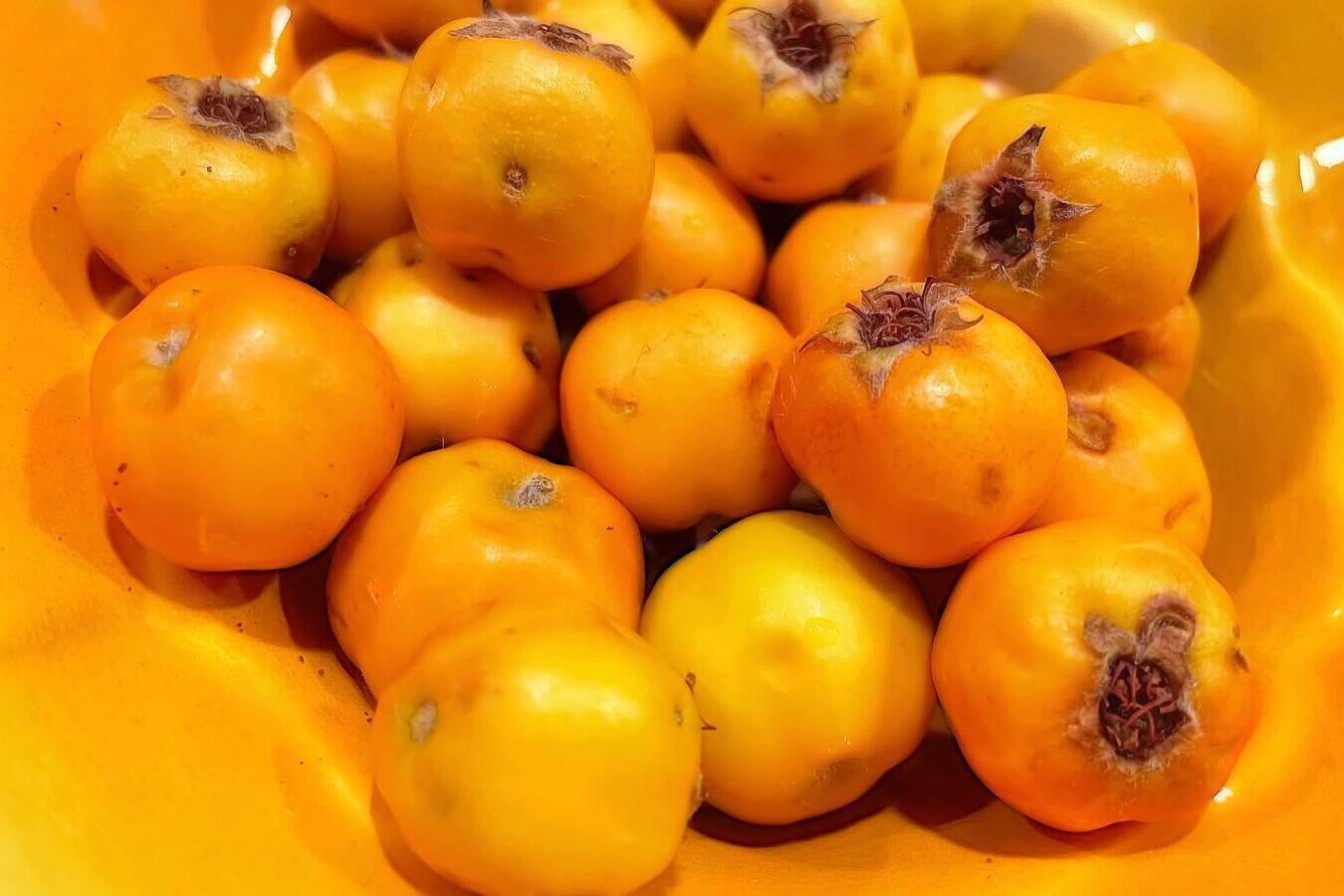Privet

What is privet?
Privet (Ligustrum vulgare) is a deciduous to winter-green shrub that belongs to the olive family. It grows wild in hedges and on forest edges as well as in gardens. It is often used as a hedge plant as it grows quickly and is easy to prune. It can grow up to four meters high and has oval, dark green leaves. The flowers are white and rather inconspicuous. They appear in summer and exude a sweet fragrance. The berries are pea-sized, black and shiny. They ripen in the fall and remain on the shrub throughout the winter.
Why is privet poisonous to dogs?
Privet contains so-called alkaloids, which are harmless to humans but can lead to poisoning in pets. Alkaloids are nitrogenous compounds that occur in many plants and often have a bitter taste. They serve the plant as protection against predators or as an attractant for pollinators. The alkaloids in privet affect the nervous and circulatory systems of animals and can trigger different symptoms depending on the amount and type of consumption.
Which parts of privet are poisonous to dogs?
Basically, all parts of the privet are poisonous to dogs: the leaves, the berries and also the bark of the stem. However, the berries contain the highest concentration of alkaloids and are therefore particularly dangerous. Just five to ten berries can be fatal for a dog. The leaves have a bitter taste that deters most dogs, but some curious or hungry dogs may still eat them. The bark can also contain alkaloids, especially if it is damaged or injured.
What symptoms can privet poisoning cause in dogs?
The symptoms of privet poisoning in dogs can vary depending on the amount and type of consumption. The first signs are usually gastrointestinal symptoms such as loss of appetite, vomiting, diarrhea and abdominal pain. These can occur within a few hours of consumption. In addition, skin irritation can occur if the dog comes into contact with the sap of the plant.
More severe poisoning can also lead to cardiovascular problems such as palpitations, a drop in blood pressure, weakness, collapse or even cardiac arrest. These can occur within 24 hours of consumption. In rare cases, convulsions or paralysis may also occur.
What should you do if your dog has eaten privet?
If you suspect or observethat your dog has eaten privet,you should act immediately.Time can make or break your dog's life.
- Call your vet or the animal emergency service and find out what to do next.
- Take a sample of the plant or berries to the vet or take a photo of it.
- Do not try to induce vomiting or give your dog anything without talking to the vet first.
- Follow the vet's instructions and take your dog to the veterinary clinic as soon as possible.
The vet will try toremove the poison from your dog's body and treat the symptoms.They may take the following measures:
- The administration of activated charcoal, which binds the poison in the stomach and prevents it from entering the bloodstream. If possible, this should be done within two hours of consumption.
- The administration of a laxative to speed up the elimination of the poison.
- The administration of medication that induces vomiting or alleviates nausea.
- The administration of infusions that stabilize the fluid and electrolyte balance.
- The administration of medication that supports the cardiovascular system or prevents cramps.
The prognosis for your dog depends on the amount and type of food consumed, the timing of treatment and your dog's general health. In most cases, a full recovery is possible if the dog is treated in time. However, in severe cases, permanent damage or death may occur.
How can you protect your dog from privet?
The best prevention is to keep your dog away from privet. If you have a garden, you should avoid using privet as a hedge plant or remove it. If you live or walk in an area with wild privet, keep your dog on a leash and make sure he doesn't eat or chew anything. You should also teach your dog to only eat what you give him and not touch any strange plants or berries.
Privet is a poisonous plant for dogs that can lead to severe poisoning. All parts of privet are poisonous, especially the berries. Symptoms of poisoning can include gastrointestinal problems, cardiovascular problems or even convulsions or paralysis. If your dog has eaten privet, you should call your vet or animal emergency services immediately and have your dog treated. To protect your dog from privet, keep him away from the plant and teach him not to eat anything unfamiliar.
If you notice any signs of hypersensitivity or poisoning in your dog, you should see your vet immediately. We are not a substitute for a vet, but we try to be as accurate as possible. Every dog reacts differently and we recommend you get a second opinion or consult your vet if in doubt.
Stay healthy and take good care of your four-legged friend!😊
Similar to Privet
Forsythia, also known as the golden bell, belongs to the olive family (Oleaceae) and is mainly native to East Asia. The plant is cultivated as an ornamental shrub in many parts of the world and is...
Deutzias belong to the hydrangea family (Hydrangeaceae) and are predominantly deciduous shrubs. They vary in size and can grow between 1 and 3 meters high. In spring and early summer, deutzias adorn...
Dogwood (Cornus) comprises a variety of shrubs and trees that are mainly found in temperate zones of the northern hemisphere. They are known for their distinctive bark, showy spring flowers and...
Hawthorn is a shrub or small tree that belongs to the rose family. It grows mainly in Europe and Asia and has white or pink flowers that appear in spring. Small red berries develop from the flowers...



